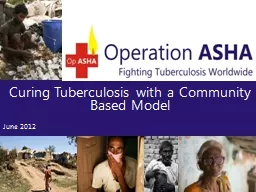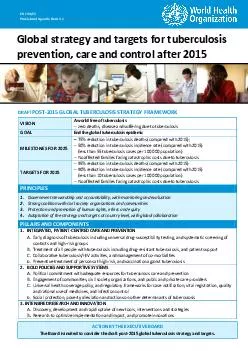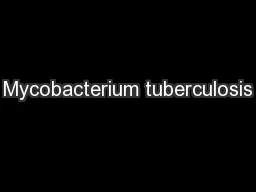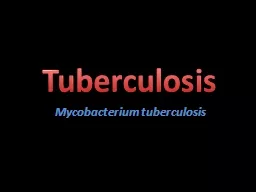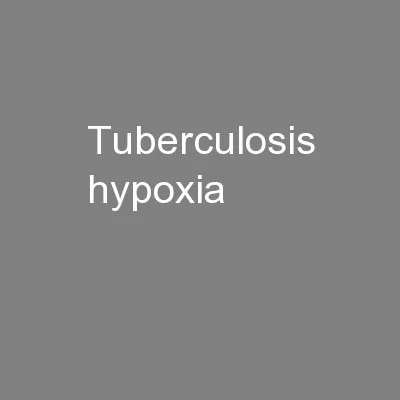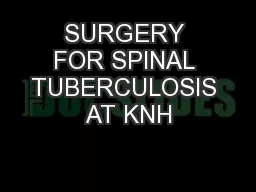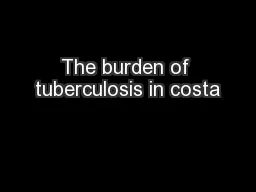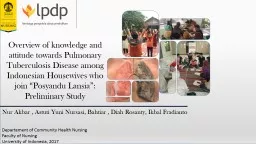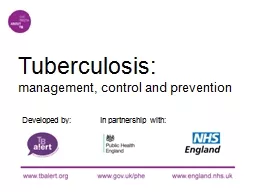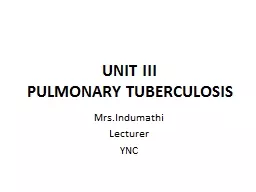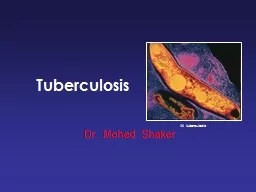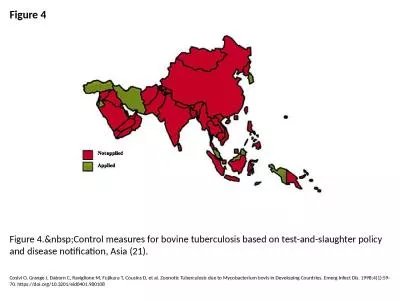PPT-Curing Tuberculosis with a Community Based Model
Author : giovanna-bartolotta | Published Date : 2016-04-24
June 2012 Overview Operation ASHA is a nonprofit bringing tuberculosis treatment to more than 5 million of India and Cambodias poorest eCompliance is a biometric
Presentation Embed Code
Download Presentation
Download Presentation The PPT/PDF document "Curing Tuberculosis with a Community Bas..." is the property of its rightful owner. Permission is granted to download and print the materials on this website for personal, non-commercial use only, and to display it on your personal computer provided you do not modify the materials and that you retain all copyright notices contained in the materials. By downloading content from our website, you accept the terms of this agreement.
Curing Tuberculosis with a Community Based Model: Transcript
Download Rules Of Document
"Curing Tuberculosis with a Community Based Model"The content belongs to its owner. You may download and print it for personal use, without modification, and keep all copyright notices. By downloading, you agree to these terms.
Related Documents

